A rare George III mahogany eight-day precision mean and sidereal longcase clock with annual calendar, John Ellicott London, mid 18th century The six pillar rack and bell hour-striking movement with large diameter greatwheel and deadbeat escapement incorporating inverted Y-shaped pallets regulated by seconds pendulum impulsed via a long crutch set between banking pins on the backplate, the plates with integral tall arched extensions at the top to carry the annual calendar disc driven via a worm gear opposing inverted crown wheel advanced by a flag fitted to the going greatwheel at the other end of the arbor, behind the calendar drive wheel is a kidney-shaped cam for sidereal adjustment governing the rise and fall of a slider running up and down the movement frontplate engaging with a detent controlling the depth of a rack assembly fitted to a minute disc behind the dial, which in turn governs the relative position of the sidereal minute hand in relation to its mean time counterpart, the 12 inch brass break-arch dial plate applied with silvered Roman numeral disc centre signed Ellicott, London and with Arabic fifteen minutes beyond the outer track, with pierced blued steel hour and minute hands and additional straight hand for sidereal minutes incorporating an engraved brass solar disc to tail, the angles with fine rococo scroll cast spandrels beneath arch incorporating large sector revealing the silvered annual calendar disc engraved with declination of the sun in degrees to inner track, Zodiacal calendar annotated with respective symbols and with every ten days numbered, within full annual calendar ring annotated for months of the year with divisions for every day numbered in tens reading against a fixed steel wire perpendicular pointer, in a mahogany break-arch case with cavetto cornice and foliate scroll pieced arched frieze over brass stop fluted columns flanking the glazed dial aperture, the sides with rectangular foliate pierced rectangular sound frets and quarter columns applied to bargeboards at the rear, the trunk with Block-top break-arch flame figured door flanked by brass stop-fluted quarter columns to front angles, the plinth base with shaped raised panel to front over moulded double skirt incorporating squat bracket feet with shaped apron between, 226cm (89ins) high. John Ellicott F.R.S. is recorded in Baillie, G.H. Watchmakers & Clockmakers of the World as born 1706 to John Ellicott senior, a Cornish clockmaker who had gained his Freedom of the Clockmakers' Company in 1696 and died 1733. John junior worked from Swithin's Alley, Royal Exchange, London and was elected member of the Royal Society in 1738. He published works on horology in 1739 and 1753 and is particularly noted for the development of the cylinder escapement and a form of compensated pendulum; he also maintained a private observatory at his home in Hackney. John Ellicott was later appointed as Clockmaker to George III, and took his son, Edward into partnership in 1760 which lasted until his death in 1772. The current lot is rare in that it shows both mean time and solar time together on the same dial. This complexity requires mechanism which can automatically advance or retard the solar minute hand relative to the mean minutes hand as they both rotate around the dial. This is cleverly done by employing a rack applied to a minute disc within the motionwork to govern the degree of variance between the two hands. This rack is automatically checked every hour by a detent fitted to a slider connected to the kidney-shaped equation cam set in the arch behind the calendar wheel. The basic mechanical principal of this configuration was probably devised by George Graham in the 1740s. Indeed three regulators by him, each incorporating an equation-cam adjusted solar minute hand and very similar dial layout to the current lot, are illustrated and described in depth in Robinson, Tom The LONGCASE CLOCK pages 184-94 inclusive. As a Fellow of The Royal Society John
A rare George III mahogany eight-day precision mean and sidereal longcase clock with annual calendar, John Ellicott London, mid 18th century The six pillar rack and bell hour-striking movement with large diameter greatwheel and deadbeat escapement incorporating inverted Y-shaped pallets regulated by seconds pendulum impulsed via a long crutch set between banking pins on the backplate, the plates with integral tall arched extensions at the top to carry the annual calendar disc driven via a worm gear opposing inverted crown wheel advanced by a flag fitted to the going greatwheel at the other end of the arbor, behind the calendar drive wheel is a kidney-shaped cam for sidereal adjustment governing the rise and fall of a slider running up and down the movement frontplate engaging with a detent controlling the depth of a rack assembly fitted to a minute disc behind the dial, which in turn governs the relative position of the sidereal minute hand in relation to its mean time counterpart, the 12 inch brass break-arch dial plate applied with silvered Roman numeral disc centre signed Ellicott, London and with Arabic fifteen minutes beyond the outer track, with pierced blued steel hour and minute hands and additional straight hand for sidereal minutes incorporating an engraved brass solar disc to tail, the angles with fine rococo scroll cast spandrels beneath arch incorporating large sector revealing the silvered annual calendar disc engraved with declination of the sun in degrees to inner track, Zodiacal calendar annotated with respective symbols and with every ten days numbered, within full annual calendar ring annotated for months of the year with divisions for every day numbered in tens reading against a fixed steel wire perpendicular pointer, in a mahogany break-arch case with cavetto cornice and foliate scroll pieced arched frieze over brass stop fluted columns flanking the glazed dial aperture, the sides with rectangular foliate pierced rectangular sound frets and quarter columns applied to bargeboards at the rear, the trunk with Block-top break-arch flame figured door flanked by brass stop-fluted quarter columns to front angles, the plinth base with shaped raised panel to front over moulded double skirt incorporating squat bracket feet with shaped apron between, 226cm (89ins) high. John Ellicott F.R.S. is recorded in Baillie, G.H. Watchmakers & Clockmakers of the World as born 1706 to John Ellicott senior, a Cornish clockmaker who had gained his Freedom of the Clockmakers' Company in 1696 and died 1733. John junior worked from Swithin's Alley, Royal Exchange, London and was elected member of the Royal Society in 1738. He published works on horology in 1739 and 1753 and is particularly noted for the development of the cylinder escapement and a form of compensated pendulum; he also maintained a private observatory at his home in Hackney. John Ellicott was later appointed as Clockmaker to George III, and took his son, Edward into partnership in 1760 which lasted until his death in 1772. The current lot is rare in that it shows both mean time and solar time together on the same dial. This complexity requires mechanism which can automatically advance or retard the solar minute hand relative to the mean minutes hand as they both rotate around the dial. This is cleverly done by employing a rack applied to a minute disc within the motionwork to govern the degree of variance between the two hands. This rack is automatically checked every hour by a detent fitted to a slider connected to the kidney-shaped equation cam set in the arch behind the calendar wheel. The basic mechanical principal of this configuration was probably devised by George Graham in the 1740s. Indeed three regulators by him, each incorporating an equation-cam adjusted solar minute hand and very similar dial layout to the current lot, are illustrated and described in depth in Robinson, Tom The LONGCASE CLOCK pages 184-94 inclusive. As a Fellow of The Royal Society John

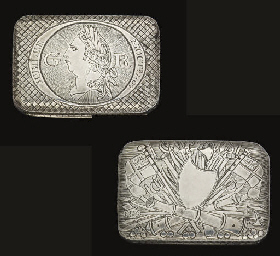
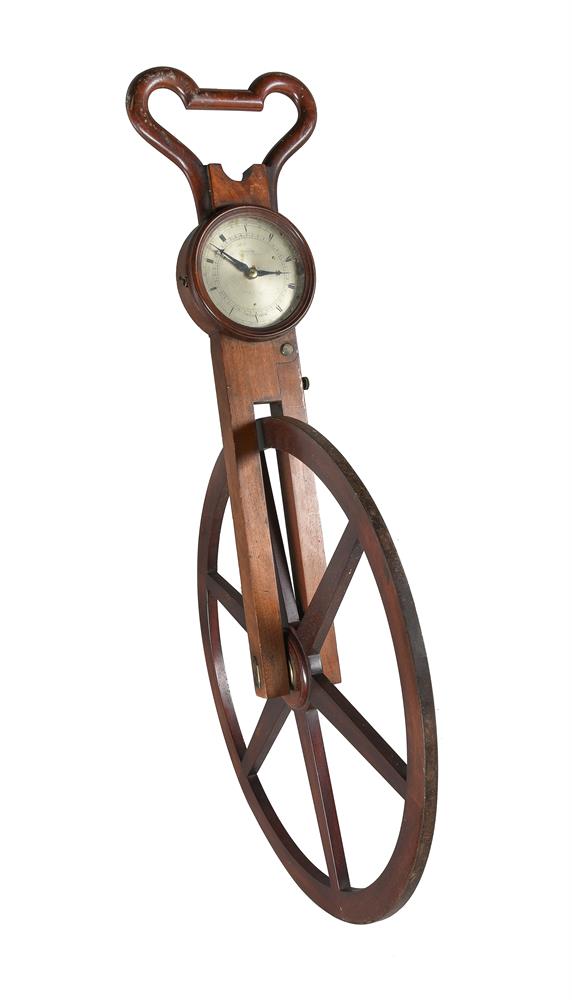

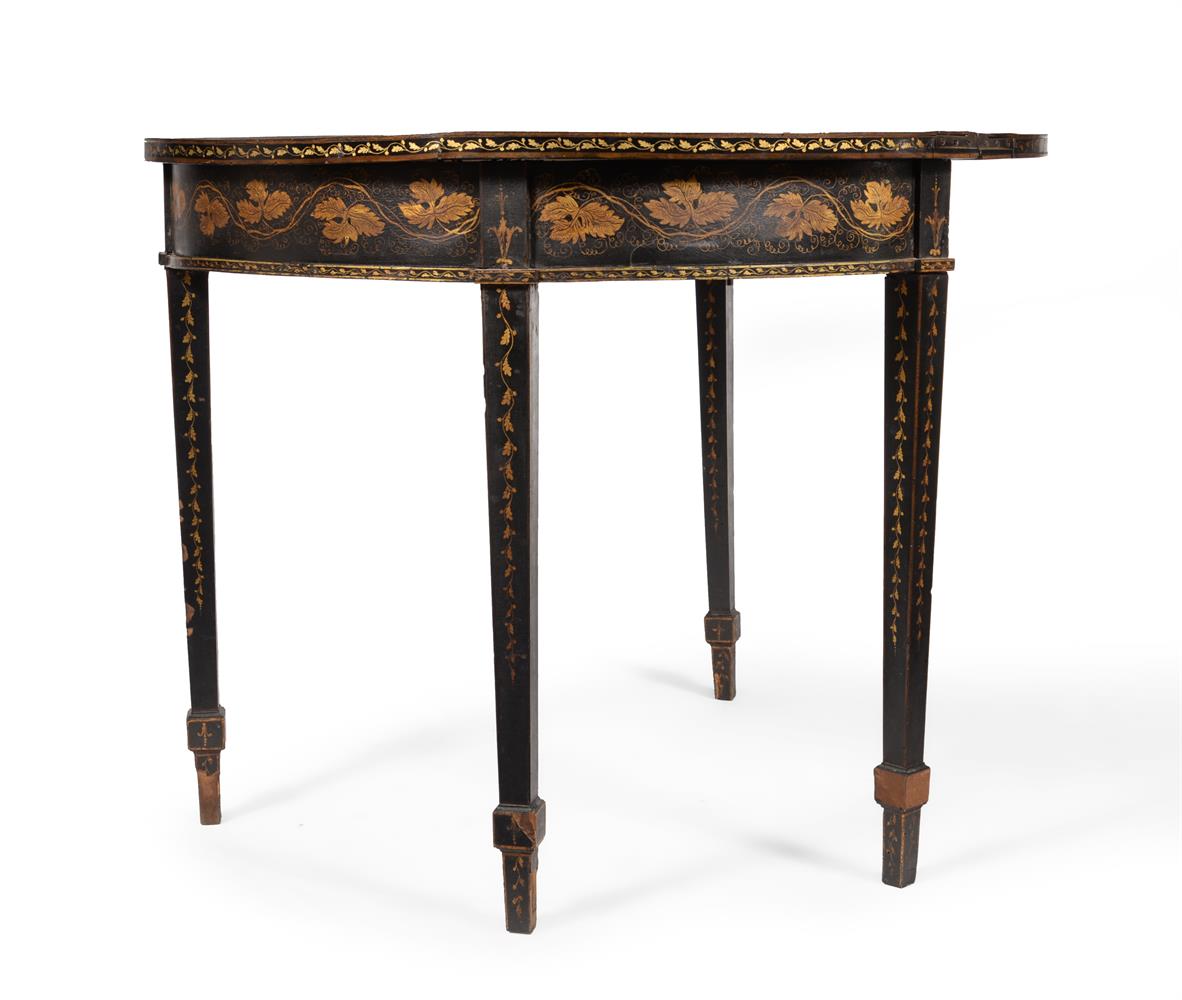

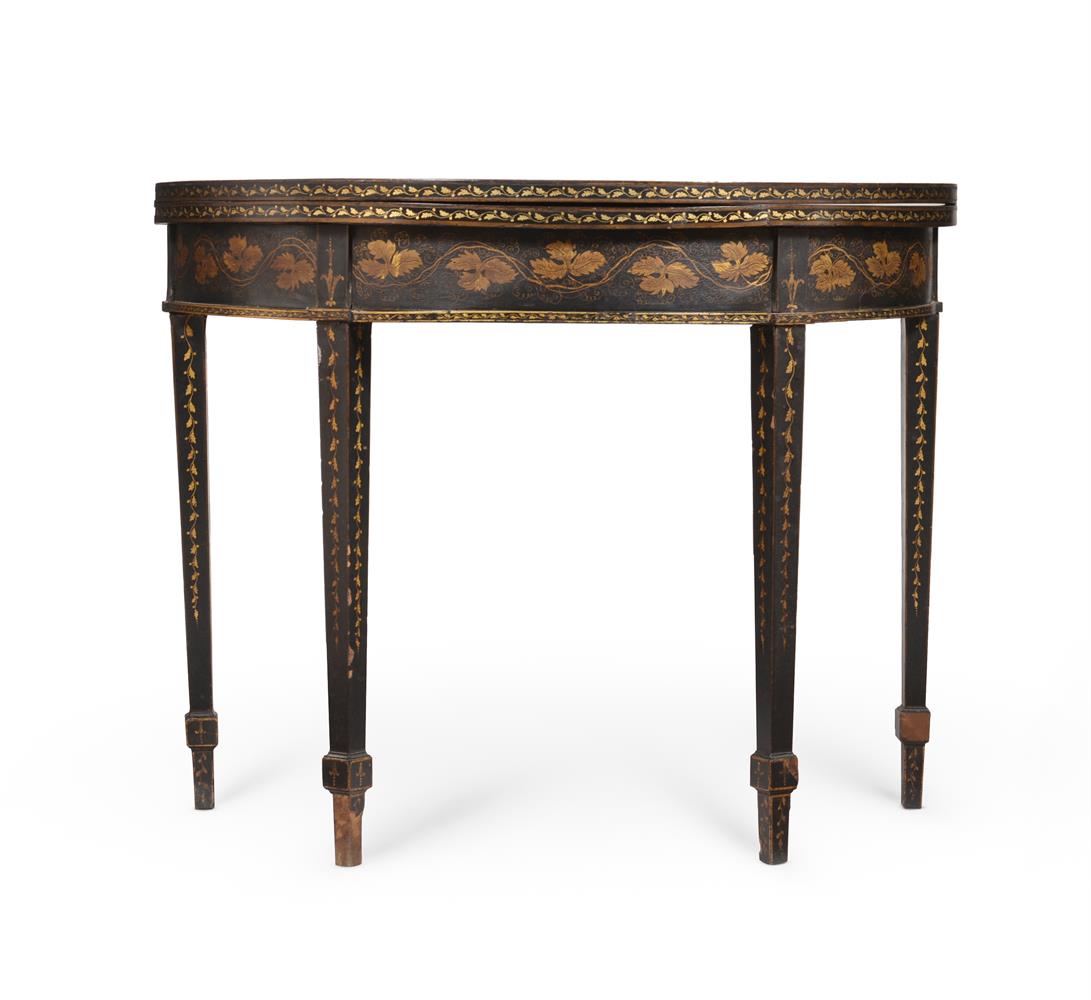


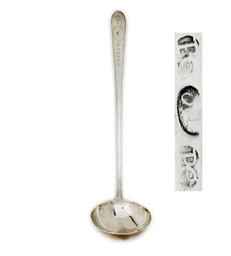
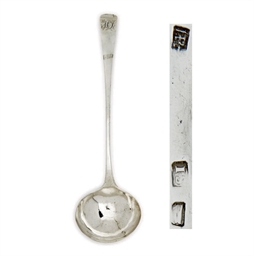
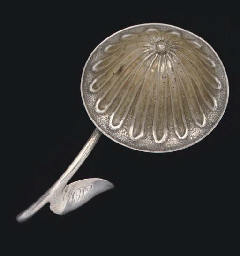
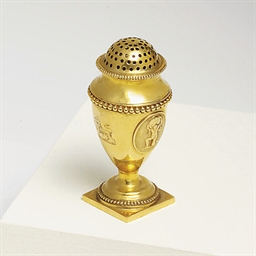
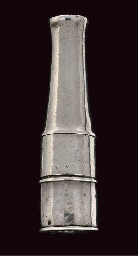
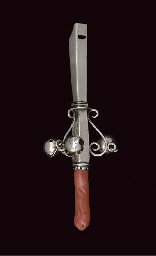
Try LotSearch and its premium features for 7 days - without any costs!
Be notified automatically about new items in upcoming auctions.
Create an alert